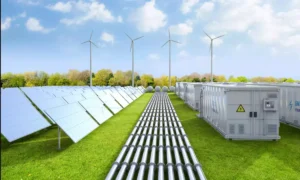A recent positive trend, particularly for developers in the commercial and industrial (C&I) space, has been in the greater interest of consumers in renewable energy. They are looking to not only reduce their operational expenses, but also to get serious about their climate commitments. Developers are also exploring new opportunities in this space such as provision of clean energy to data centres, adoption of solar-wind and storage hybrids for the supply of firm power, and green hydrogen development for cement, petrochemical and fertiliser companies. However, developers continue to face the same old challenges. These include power curtailment, delays in signing of power sale agreements, frequent changes and lack of clarity in policies, increase in project costs due to the imposition of basic customs duty and GST. Besides, the Supreme Court order on the Great Indian Bustard and the increase in project costs due to high petrol/diesel prices have left developers more concerned. In an interview with Renewable Watch, Kushagra Nandan, co-founder and managing director, SunSource Energy shares his perspective on key opportunities, challenges and the policy environment. Excerpts…
With a greater push to renewable energy, from both the government and the industry, what changes (positive or negative) in the sector have you seen as a developer in the past year?
Clearly, renewable energy is an important agenda item for the current government. This push from the top meant that renewables became the second most significant source of domestic power in recent years. At the recently concluded COP26 summit, India has further committed to the cause by announcing that it will reduce its emissions by 1 billion tonnes and the emissions intensity of the GDP by 45 per cent by 2030. This means that 500 GW, that is, 50 per cent of its total generation capacity, will come from non-fossil sources of power. The country has therefore committed to serious targets without compromising India’s economic potential. This is real climate action and instills confidence in developers and investors about the sector’s investment environment.






